Author Archives: Abe Carryl
Author Archives: Abe Carryl
We are thrilled to announce that Cloudflare has been named a Visionary in the 2025 Gartner® Magic Quadrant™ for Secure Access Service Edge (SASE) Platforms1 report. We view this evaluation as a significant recognition of our strategy to help connect and secure workspace security and coffee shop networking through our unique connectivity cloud approach. You can read more about our position in the report here.
Since launching Cloudflare One, our SASE platform, we have delivered hundreds of features and capabilities from our lightweight branch connector and intuitive native Data Loss Prevention (DLP) service to our new secure infrastructure access tools. By operating the world’s most powerful, programmable network we’ve built an incredible foundation to deliver a comprehensive SASE platform.
Today, we operate the world's most expansive SASE network in order to deliver connectivity and security close to where users and applications are, anywhere in the world. We’ve developed our services from the ground up to be fully integrated and run on every server across our network, delivering a unified experience to our customers. And we enable these services with a unified control plane, enabling end-to-end visibility and control anywhere in the world. Tens of thousands of customers Continue reading
For the third consecutive year, Gartner has named Cloudflare in the Gartner® Magic Quadrant™ for Security Service Edge (SSE) report. This analyst evaluation helps security and network leaders make informed choices about their long-term partners in digital transformation. We are excited to share that Cloudflare is one of only nine vendors recognized in this year’s report. You can read more about our position in the report here.
What’s more exciting is that we’re just getting started. Since 2018, starting with our Zero Trust Network Access (ZTNA) service Cloudflare Access, we’ve continued to push the boundaries of how quickly we can build and deliver a mature SSE platform. In that time, we’ve released multiple products each year, delivering hundreds of features across our platform. That’s not possible without our customers. Today, tens of thousands of customers have chosen to connect and protect their people, devices, applications, networks, and data with Cloudflare. They tell us our platform is faster and easier to deploy and provides a more consistent and reliable user experience, all on a more agile architecture for longer term modernization. We’ve made a commitment to those customers to continue to deliver innovative solutions with the velocity and resilience Continue reading


Ping was born in 1983 when the Internet needed a simple, effective way to measure reachability and distance. In short, ping (and subsequent utilities like traceroute and MTR) provides users with a quick way to validate whether one machine can communicate with another. Fast-forward to today and these network utility tools have become ubiquitous. Not only are they now the de facto standard for troubleshooting connectivity and network performance issues, but they also improve our overall quality of life by acting as a common suite of tools almost all Internet users are comfortable employing in their day-to-day roles and responsibilities.
Making network utility tools work as expected is very important to us, especially now as more and more customers are building their private networks on Cloudflare. Over 10,000 teams now run a private network on Cloudflare. Some of these teams are among the world's largest enterprises, some are small crews, and yet others are hobbyists, but they all want to know - can I reach that?
That’s why today we’re excited to incorporate support for these utilities into our already expansive troubleshooting toolkit for Cloudflare Zero Trust. To get started, sign up to receive beta access and start using the Continue reading


Millions of users rely on Cloudflare WARP to connect to the Internet through Cloudflare’s network. Individuals download the mobile or desktop application and rely on the Wireguard-based tunnel to make their browser faster and more private. Thousands of enterprises trust Cloudflare WARP to connect employees to our Secure Web Gateway and other Zero Trust services as they navigate the Internet.
We’ve heard from both groups of users that they also want to connect to other devices running WARP. Teams can build a private network on Cloudflare’s network today by connecting WARP on one side to a Cloudflare Tunnel, GRE tunnels, or IPSec tunnels on the other end. However, what if both devices already run WARP?
Starting today, we’re excited to make it even easier to build a network on Cloudflare with the launch of WARP-to-WARP connectivity. With a single click, any device running WARP in your organization can reach any other device running WARP. Developers can connect to a teammate's machine to test a web server. Administrators can reach employee devices to troubleshoot issues. The feature works with our existing private network on-ramps, like the tunnel options listed above. All with Zero Trust rules built in.

This post is also available in 简体中文, 日本語, Français and Español.

Today, organizations of all shapes and sizes lack visibility and insight into the digital experiences of their end-users. This often leaves IT and network administrators feeling vulnerable to issues beyond their control which hinder productivity across their organization. When issues inevitably arise, teams are left with a finger-pointing exercise. They’re unsure if the root cause lies within the first, middle or last mile and are forced to file a ticket for the respective owners of each. Ideally, each team sprints into investigation to find the needle in the haystack. However, once each side has exhausted all resources, they once again finger point upstream. To help solve this problem, we’re building a new product, Digital Experience Monitoring, which will enable administrators to pinpoint and resolve issues impacting end-user connectivity and performance.
To get started, sign up to receive early access. If you’re interested in learning more about how it works and what else we will be launching in the near future, keep scrolling.
Over the last year, we’ve received an overwhelming amount of feedback that users want to see the intelligence that Cloudflare possesses from our Continue reading
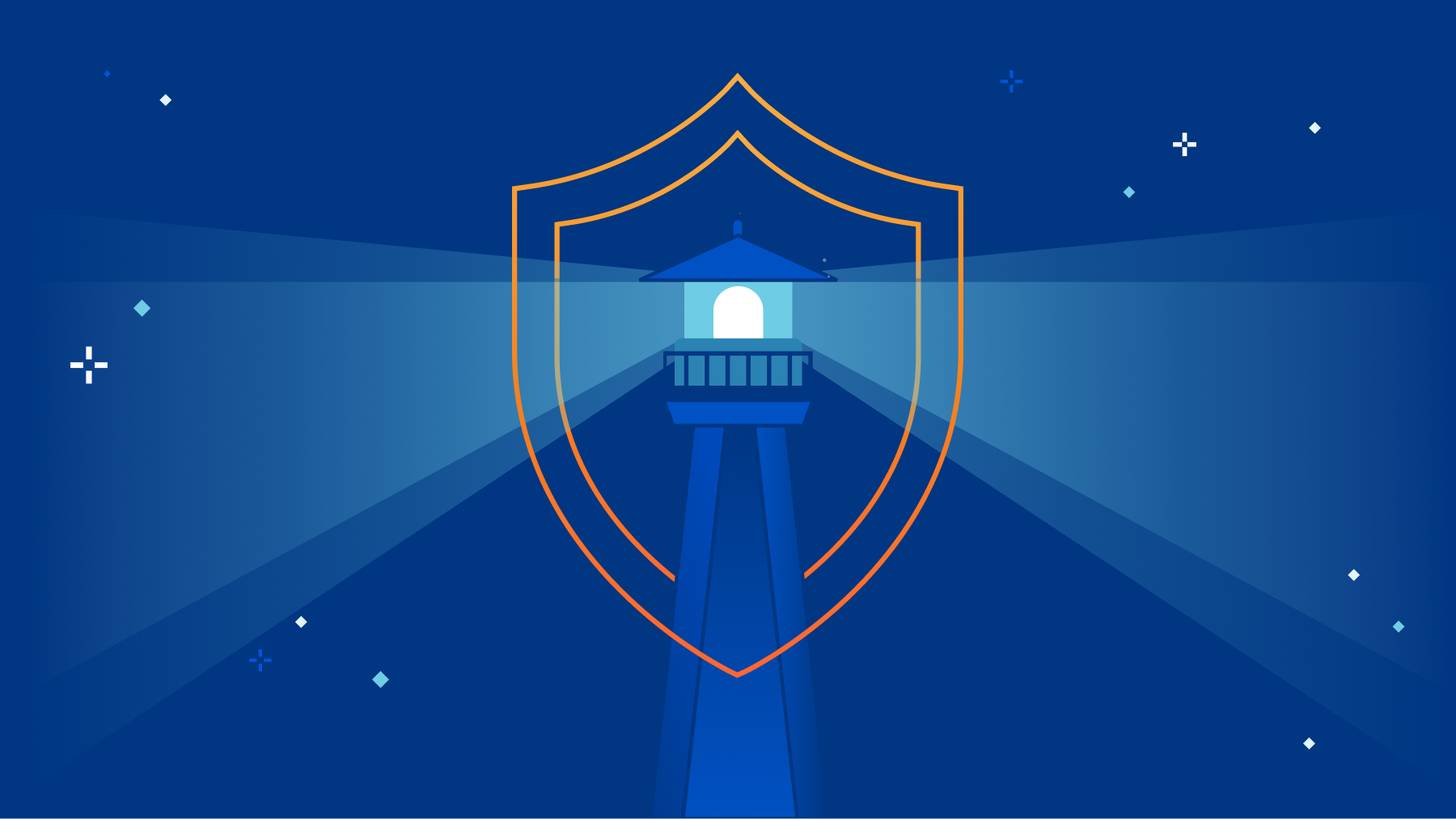
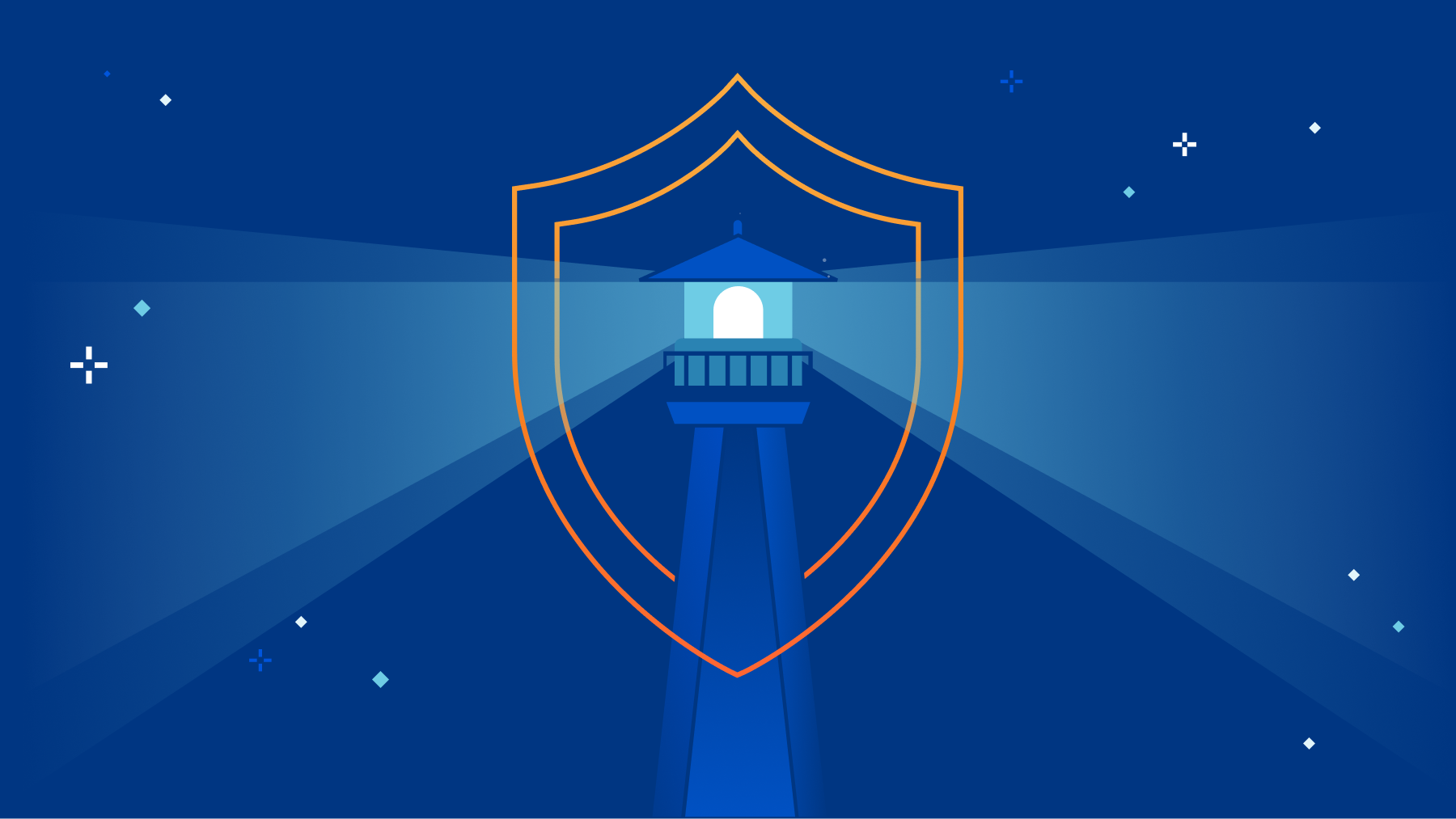
With Cloudflare One, building your private network on Cloudflare is easy. What is not so easy is maintaining the security of your private network over time. Resources are constantly being spun up and down with new users being added and removed on a daily basis, making it painful to manage over time.
That’s why today we’re opening a closed beta for our new Zero Trust network discovery tool. With Private Network Discovery, our Zero Trust platform will now start passively cataloging both the resources being accessed and the users who are accessing them without any additional configuration required. No third party tools, commands, or clicks necessary.
To get started, sign-up for early access to the closed beta and gain instant visibility into your network today. If you’re interested in learning more about how it works and what else we will be launching in the future for general availability, keep scrolling.
One of the most laborious aspects of migrating to Zero Trust is replicating the security policies which are active within your network today. Even if you do have a point-in-time understanding of your environment, networks are constantly evolving with new resources being spun up dynamically for various operations. This results Continue reading
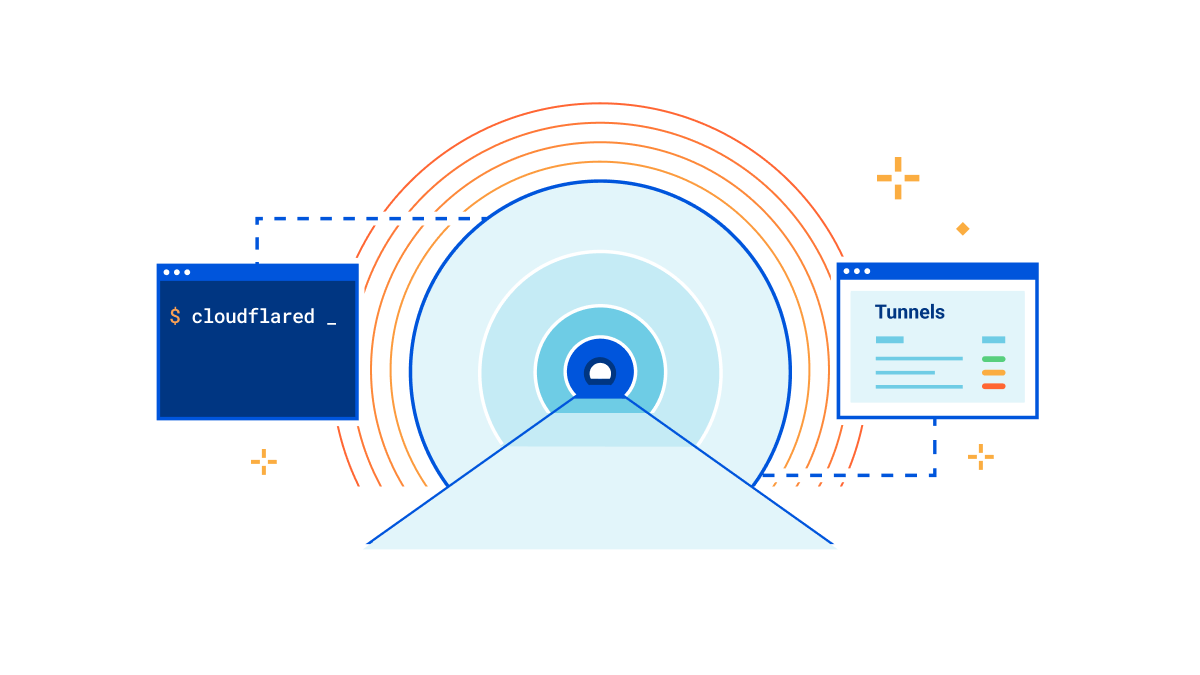
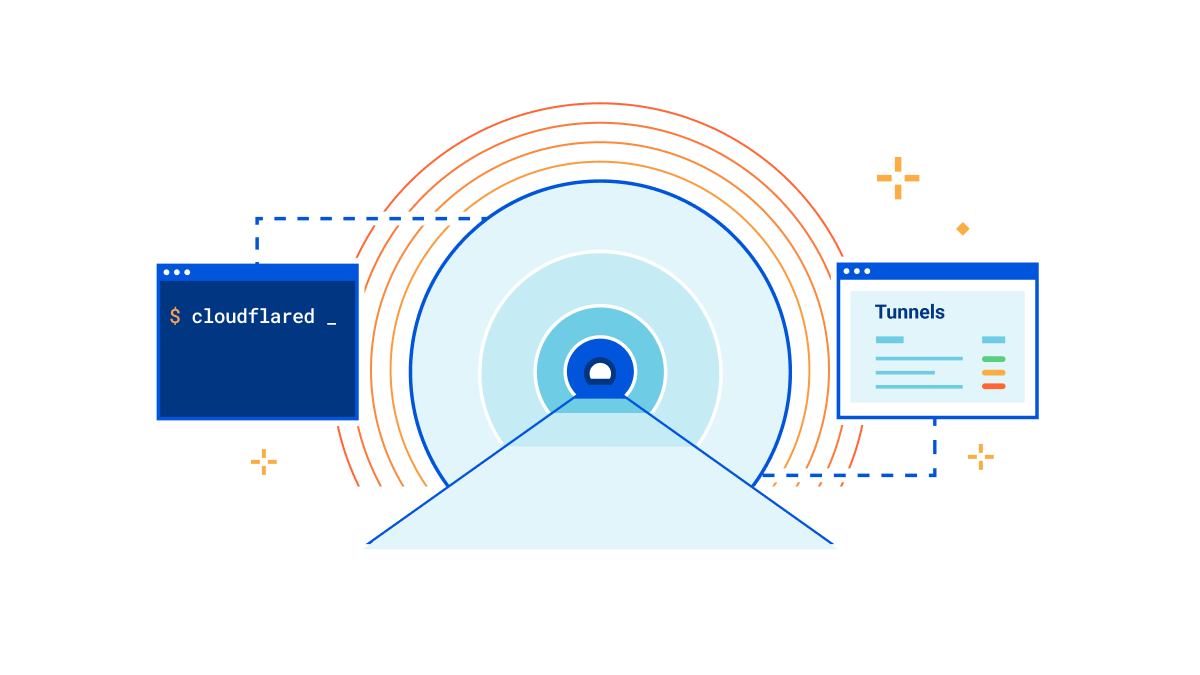
A little over a decade ago, Cloudflare launched at TechCrunch Disrupt. At the time, we talked about three core principles that differentiated Cloudflare from traditional security vendors: be more secure, more performant, and ridiculously easy to use. Ease of use is at the heart of every decision we make, and this is no different for Cloudflare Tunnel.
That’s why we’re thrilled to announce today that creating tunnels, which previously required up to 14 commands in the terminal, can now be accomplished in just three simple steps directly from the Zero Trust dashboard.
If you’ve heard enough, jump over to sign-up/teams to unplug your VPN and start building your private network with Cloudflare. If you’re interested in learning more about our motivations for this release and what we’re building next, keep scrolling.
Cloudflare Tunnel is the easiest way to connect your infrastructure to Cloudflare, whether that be a local HTTP server, web services served by a Kubernetes cluster, or a private network segment. This connectivity is made possible through our lightweight, open-source connector, cloudflared. Our connector offers high-availability by design, creating four long-lived connections to two distinct data centers within Cloudflare’s network. This means that whether an individual Continue reading


At the end of 2020, Cloudflare empowered organizations to start building a private network on top of our network. Using Cloudflare Tunnel on the server side, and Cloudflare WARP on the client side, the need for a legacy VPN was eliminated. Fast-forward to today, and thousands of organizations have gone on this journey with us — unplugging their legacy VPN concentrators, internal firewalls, and load balancers. They’ve eliminated the need to maintain all this legacy hardware; they’ve dramatically improved speeds for end users; and they’re able to maintain Zero Trust rules organization-wide.
We started with TCP, which is powerful because it enables an important range of use cases. However, to truly replace a VPN, you need to be able to cover UDP, too. Starting today, we’re excited to provide early access to UDP on Cloudflare’s Zero Trust platform. And even better: as a result of supporting UDP, we can offer Internal DNS — so there’s no need to migrate thousands of private hostnames by hand to override DNS rules. You can get started with Cloudflare for Teams for free today by signing up here; and if you’d like to join the waitlist to gain early access to UDP and Continue reading
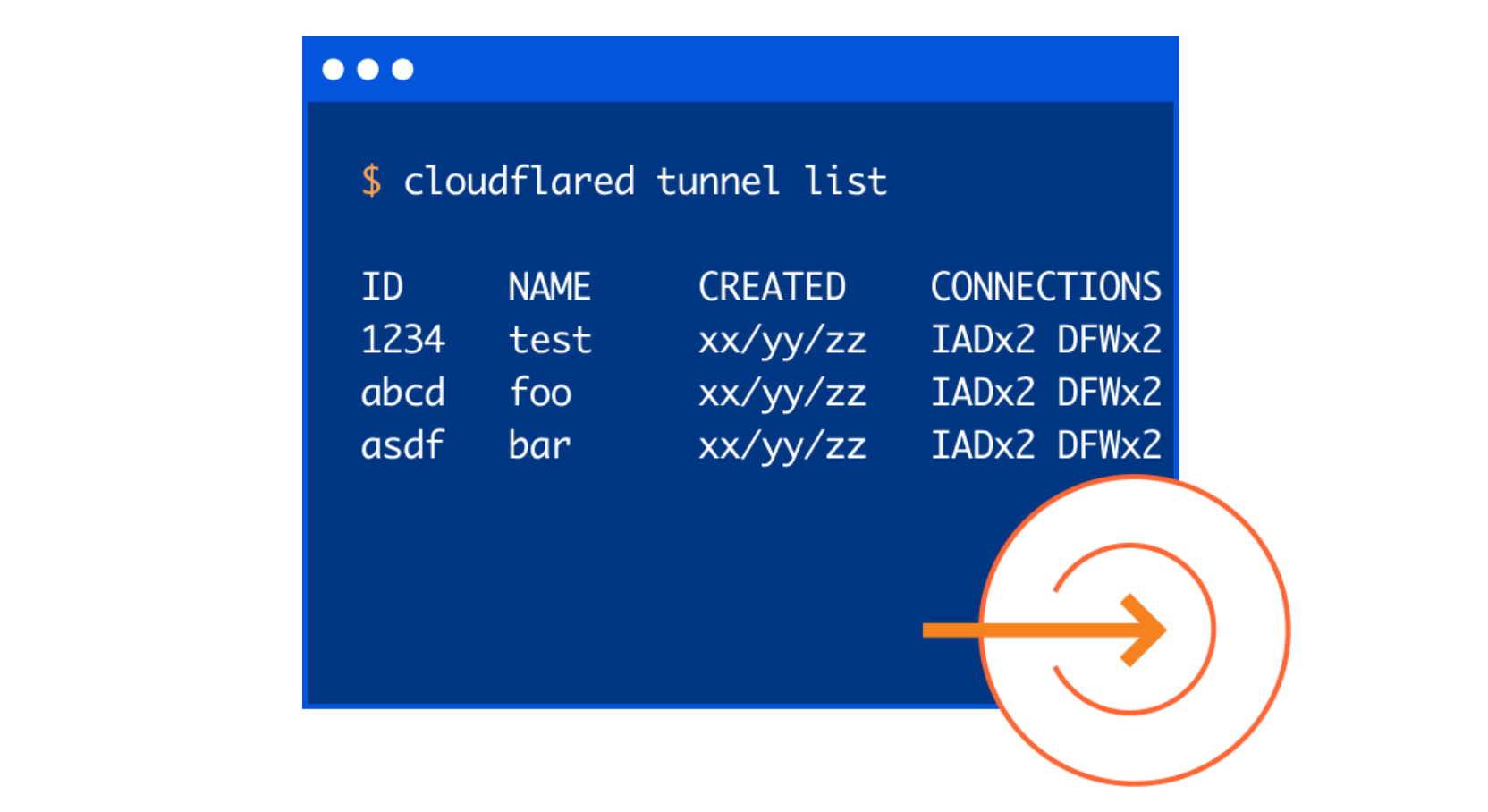
Cloudflare Tunnel connects your infrastructure to Cloudflare. Your team runs a lightweight connector in your environment, cloudflared, and services can reach Cloudflare and your audience through an outbound-only connection without the need for opening up holes in your firewall.

Whether the services are internal apps protected with Zero Trust policies, websites running in Kubernetes clusters in a public cloud environment, or a hobbyist project on a Raspberry Pi — Cloudflare Tunnel provides a stable, secure, and highly performant way to serve traffic.
Starting today, with our new UI in the Cloudflare for Teams Dashboard, users who deploy and manage Cloudflare Tunnel at scale now have easier visibility into their tunnels’ status, routes, uptime, connectors, cloudflared version, and much more. On the Teams Dashboard you will also find an interactive guide that walks you through setting up your first tunnel.
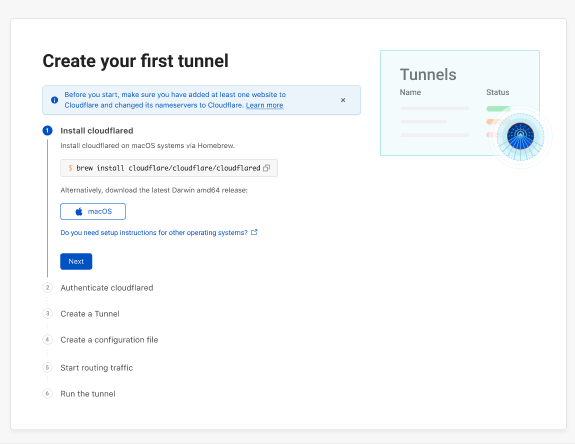
We wanted to start by making the tunnel onboarding process more transparent for users. We understand that not all users are intimately familiar with the command line nor are they deploying tunnel in an environment or OS they’re most comfortable with. To alleviate that burden, we designed a comprehensive onboarding guide with pathways for MacOS, Continue reading


Your team likely uses more SaaS applications than you realize. The time your administrators spend vetting and approving applications sanctioned for use can suddenly be wasted when users sign up for alternative services and store data in new places. Starting today, you can use Cloudflare for Teams to detect and block unapproved SaaS applications with just two clicks.
SaaS applications save time and budget for IT departments. Instead of paying for servers to host tools — and having staff ready to monitor, upgrade, and troubleshoot those tools — organizations can sign up for a SaaS equivalent with just a credit card and never worry about hosting or maintenance again.
That same convenience causes a data control problem. Those SaaS applications sit outside any environment that you control; the same reason they are easy for your team is also a potential liability now that your sensitive data is kept by third parties. Most organizations keep this in check through careful audits of the SaaS applications being used. Depending on industry and regulatory impact, IT departments evaluate, approve, and catalog the applications they use.
However, users can intentionally or accidentally bypass those approvals. For example, if your organization Continue reading


A few months ago, we announced that we wanted to make Zero Trust security accessible to everyone, regardless of size, scale, or resources. Argo Tunnel, our secure method of connecting resources directly to Cloudflare, is the next piece of the puzzle.
Argo Tunnel creates a secure, outbound-only connection between your services and Cloudflare by deploying a lightweight connector in your environment. With this model, your team does not need to go through the hassle of poking holes in your firewall or validating that traffic originated from Cloudflare IPs.
In the past, Argo Tunnel has been priced based on bandwidth consumption as part of Argo Smart Routing, Cloudflare’s traffic acceleration feature. Starting today, we’re excited to announce that any organization can use the secure, outbound-only connection feature of the product at no cost. You can still add the paid Argo Smart Routing feature to accelerate traffic.
As part of that change (and to reduce confusion), we’re also renaming the product to Cloudflare Tunnel. To get started, sign up today.
If you’re interested in how and why we’re doing this, keep scrolling.
In 2018, Cloudflare introduced Argo Tunnel, a private, secure connection between your origin Continue reading
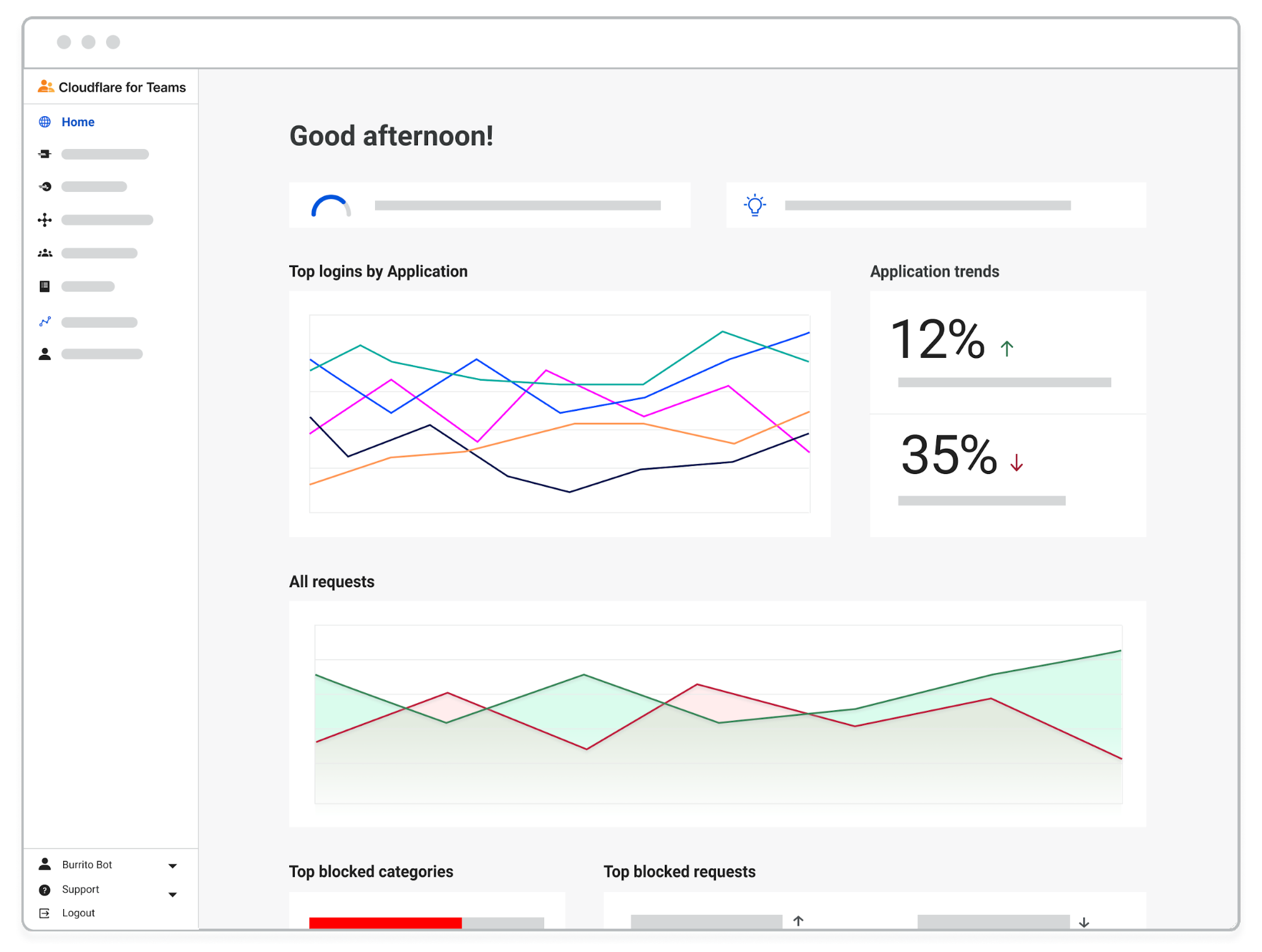
Over the past few weeks, our team has written a lot about the Cloudflare for Teams Dashboard, and more specifically, about our approach to design and the content within it. In these recent posts, we charted the journey of developing omni-directional communication channels across product, design, and content, and how these relationships directly influence the user experiences we aim to create.
Today, we’re announcing a new feature within the Teams Dash. We called it “Home”. We created Home with a simple goal in mind: design an adaptive and informative landing page where users can see a round-up of their environment.
In this last post of our series, we’ll show, rather than tell, how we collaborated as a team that rows in the same direction and towards the same goal — to create a great user experience.
In this blog post, we’ll walk you through your new Teams Home by calling out a few of the guiding principles we had in mind as we designed it. Transparency, adaptiveness, guidance and warmth aren’t only foundational words in the Cloudflare for Teams product principles — they’re part of our day-to-day brainstorming and discussion around user experience.
Here’s how the Teams Home reflects these Continue reading


Back in 2010, Cloudflare was introduced at TechCrunch Disrupt as a security and performance solution that took the tools of the biggest service providers and made them available to anyone online. But simply replicating these tools wasn’t enough — we needed to make them ridiculously easy to use.
When we launched Cloudflare for Teams almost ten years later, the vision was very much the same — build a secure and powerful Zero Trust solution that is ridiculously easy to use. However, while we talk about what we’re building with a regular cadence, we often gloss over how we are designing Cloudflare for Teams to make it simple and easy to use.
In this blog post we’ll do just that — if that sounds like your jam, keep scrolling.
First, let's back up a bit and introduce Cloudflare for Teams.
We launched Cloudflare for Teams in January, 2020. With Teams, we wanted to alleviate the burden Cloudflare customers were feeling when trying to protect themselves and their infrastructure from threats online. We knew that continuing to rely on expensive hardware would be difficult to maintain and impractical to scale.
At its core, Teams joins two products together — Continue reading
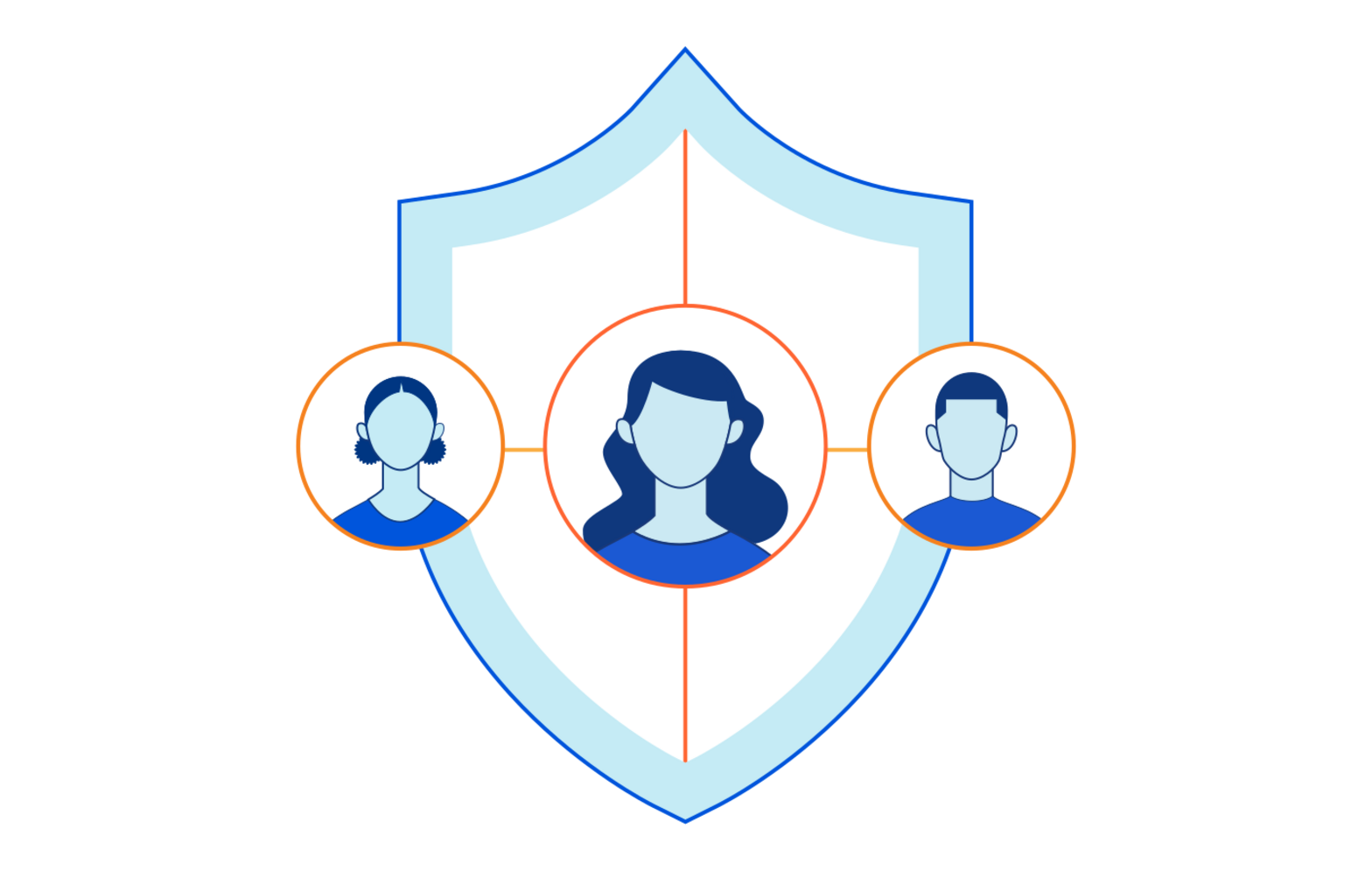
We launched Cloudflare for Teams to make Zero Trust security accessible for all organizations, regardless of size, scale, or resources. Starting today, we are excited to take another step on this journey by announcing our new Teams plans, and more specifically, our Cloudflare for Teams Free plan, which protects up to 50 users at no cost. To get started, sign up today.
If you’re interested in how and why we’re doing this, keep scrolling.
Cloudflare Access is one-half of Cloudflare for Teams - a Zero Trust solution that secures inbound connections to your protected applications. Cloudflare Access works like a bouncer, checking identity at the door to all of your applications.
The other half of Cloudflare for Teams is Cloudflare Gateway which, as our clever name implies, is a Secure Web Gateway protecting all of your users’ outbound connections to the Internet. To continue with this analogy, Cloudflare Gateway is your organization’s bodyguard, securing your users as they navigate the Internet.
Together, these two solutions provide a powerful, single dashboard to protect your users, networks, and applications from malicious actors.
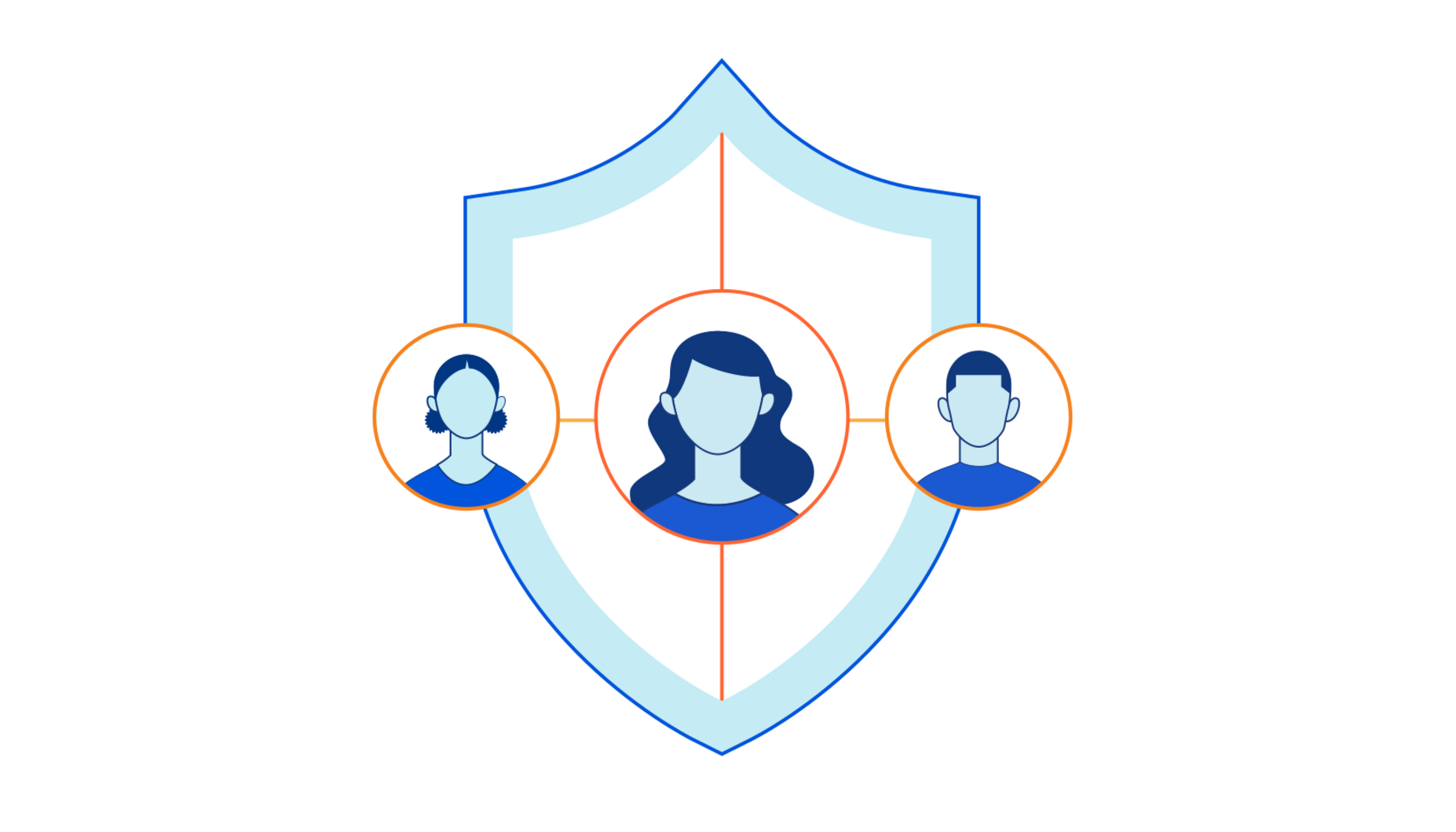
At Cloudflare, our mission is to help build a better Internet. That Continue reading